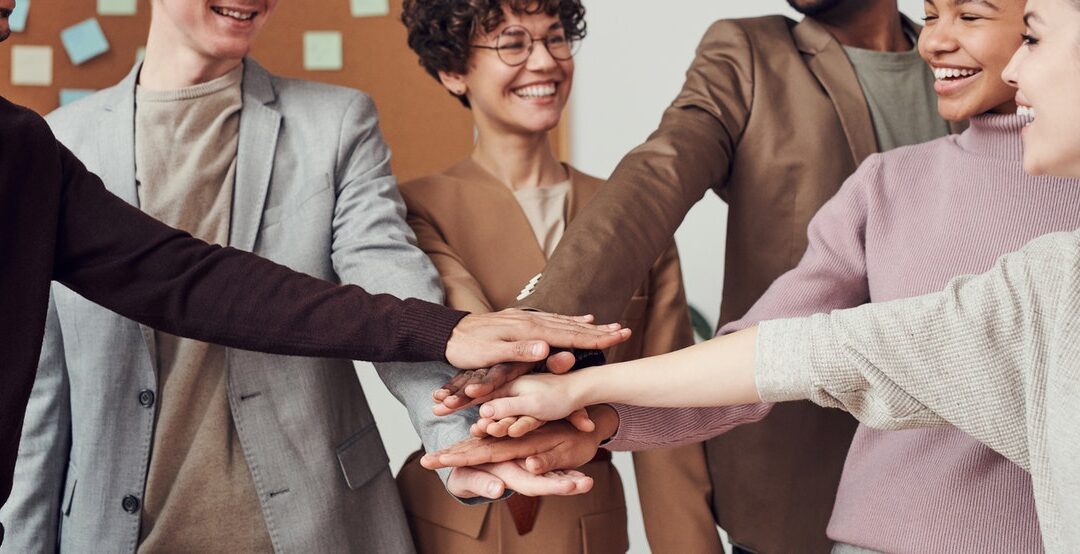
Society 2045’s Collectively Connected Emotional Intelligence
Society 2045’s Collectively Connected Emotional Intelligence
Developing a well-organized structure and collaborative approach to achieving goals is the key to creating a great company. Can the same apply to society? The effort to liberate people at work can bring out the enthusiasm, creativity and potential that is otherwise locked away in individuals.
Therefore, self-management structures like Teal, WorldBlu, Sociocracy and others work well, they are rooted in collective connectedness.
“Collectively connected emotional intelligence structures enable empowered people to level up and become the best they can be.”
How can we establish more connectedness at work and in society?
This is the topic of a recent Society 2045 interview. Society 2045 has an ongoing series of interviews with change-makers seeking to improve the way society works.
Society 2045 is a community of people from around the world seeking to co-discover a vision for the year 2045. The goal is to connect with leaders of emerging communities and movements across society and come together to co-create a better future
In an interview with George Por, we talked about enlivenment that can change society. George Por is President of Campus Co-Evolve, a collective researcher, mentor to ecosystem catalysts/ enliveners, emergence creator, social radical, and an independent scholar.
Collective Intelligence
Collective intelligence according to George, is a capacity or an emergent property of collective entities that shape the path to their desired future by using progressive mechanisms such as differentiation and integration. These mechanisms help people use such possibilities of having collective memory, collective self-reflection, sense-making, and choice making.
Collective intelligence can be brought to existence through sound human practices. George mentions that the information becomes knowledge when worked on collaboratively, otherwise it’s just a piece of information in the knowledge garden.
“Knowledge becomes collective intelligence when weaved together through collaborative action.”
For instance, there are hyper trails in any well-designed knowledge garden. It is a series of links that are recorded. It is a recorded path that a person has followed to explore or create something.
These records then become available and functional at the same time for other members of the community. Furthermore, all the recorded hyper trails can be circulated within the community.
If people want to develop collective intelligence, then questions like “What is important to you?” or “What do you care about?” or “How can we support each other?” should arise. This kind of caring comes from collective intelligence. Why would we care or be a part of anything if we do not care?
Enlivenment Theory of Change
The enlivenment theory of change comes from caring. It is a universal human attribute that human beings care for something. But caring is not only human.
For instance, mothers feed their children in all mammal species. But human care is based on having a moral imagination that inspires or acts of solidarity with the disenfranchised who can’t meet their basic needs.
“When people’s caring grows even more profound, they begin to care for society.”
They start with questions like what it would take to change the system that turned otherwise happy inclined humans into disenfranchised humans, and what measures can we take to reverse the situation.
Emancipatory enlivenment can result in human emancipation driven by the desire for alive inspiration that connects people. It can give people an environment of having enlivened systems and institutions and ultimately lead people to have more aliveness and be part of more vibrant environments.
The Vision for 2045
Society needs to become antifragile, decentralized, non-rivalrous, and self-organizing. It can grow stronger with the best practices by every challenge. To attain such a society, the best approach would be to practice more connectedness based and collective emotional intelligence.
The Problem
Decentralized autonomous organizations need a well-organized structure to flow the concept of value that includes trust and financial resources. The channel through which it flows needs to be deepened and connected. It also depends on how well the nervous system is connected and how it flows into the community to enliven the people.
If there is any rapture in the community, it can be noticed if the connection is deep enough. The way a human body is aligned and interdependent, similarly the community could organize itself to feel the connectedness and let the value flow through.
The Solution
The decentralized autonomous organization can create an intensity of social creativity, which ultimately liberates people.
“People with a chance to collaborate in a connected and emotionally intelligent charged way, work with enthusiasm, creativity, and joy knowing they have ownership and shared governance authority.”
The future of work needs to be decentralized and autonomous, and this also needs to extend to society. People will feel the flow of inspirations and co-creations in an environment like that.
Por’s vision for a connected emotionally intelligent society in 2045 is groundbreaking. It will be amazing if we are able to achieve his vision in the coming years. Check out the interview here:





Recent Comments